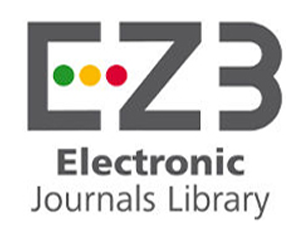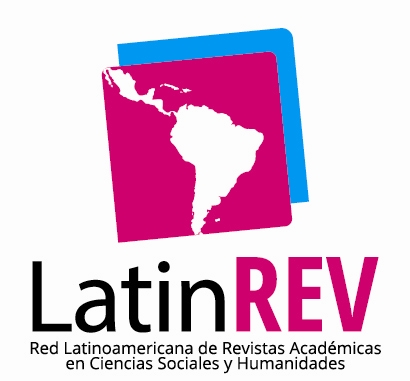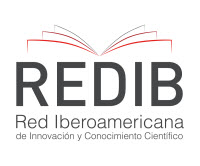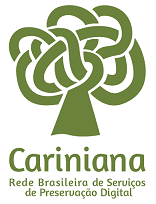A folclorização do samba carioca: memória, história e identidade
DOI:
https://doi.org/10.14393/ArtC-V19n34-2017-1-04Resumo
Em nações mais novas, como as americanas, paralelamente ao repertório popular-rural definido como folclore nacional, a música popular urbana difundida pelos meios de comunicação, passou a disputar espaço entre os elementos formadores da nacionalidade. Para sua legitimação como representação do nacional, foi preciso folclorizála, inventar-lhe uma tradição. Este artigo analisa como se processou no Brasil, em três momento do século XX, essa operação de consagração do samba carioca como símbolo de brasilidade. Inicialmente, de maneira menos programática, pelos memorialistas na década de 1930; em seguida, entre os anos 1940 e 1950, pela formalização do discurso de preservação e nacionalização do passado musical carioca, com os militantes da tradição; e, finalmente, nas décadas de 1970 e 1980, com o Departamento de Música Popular da Funarte, durante a gestão de Hermínio Bello de Carvalho, o samba é chancelado oficialmente como expressaão da cultura brasileira.Palavras-chave: música popular urbana; folclorização; samba carioca.
Downloads
Downloads
Publicado
Edição
Seção
Licença
Autores que publicam nesta revista concordam com os seguintes termos da licença Creative Commons, adotada a partir da ArtCultura, v. 21, n. 39 (jul.-dez. 2019).
CC BY-NC-ND 4.0: o artigo pode ser copiado e redistribuído em qualquer suporte ou formato. Os créditos devem ser dados ao autor original e mudanças no texto devem ser indicadas. O artigo não pode ser usado para fins comerciais. Caso o artigo seja remixado, transformado ou algo novo for criado a partir dele, ele não pode ser distribuído.
Autores têm autorização para assumir contratos adicionais separadamente, para distribuição não exclusiva da versão do trabalho publicada nesta revista (ex.: publicar em repositório institucional ou como capítulo de livro), com reconhecimento de autoria e publicação inicial nesta revista.












